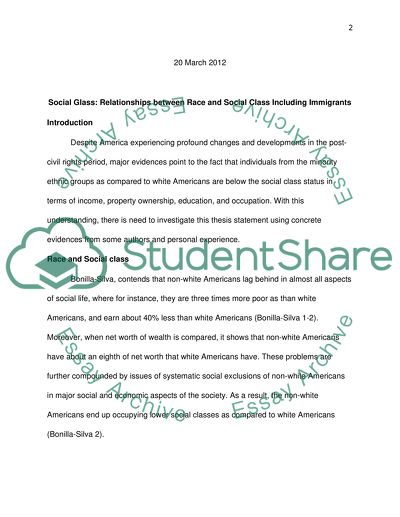Cite this document
(“Relationships between Race and Social Class Including Immigrants Essay”, n.d.)
Retrieved from https://studentshare.org/sociology/1445539-social-glass-relationsihps-between-race-and-social
Retrieved from https://studentshare.org/sociology/1445539-social-glass-relationsihps-between-race-and-social
(Relationships Between Race and Social Class Including Immigrants Essay)
https://studentshare.org/sociology/1445539-social-glass-relationsihps-between-race-and-social.
https://studentshare.org/sociology/1445539-social-glass-relationsihps-between-race-and-social.
“Relationships Between Race and Social Class Including Immigrants Essay”, n.d. https://studentshare.org/sociology/1445539-social-glass-relationsihps-between-race-and-social.


